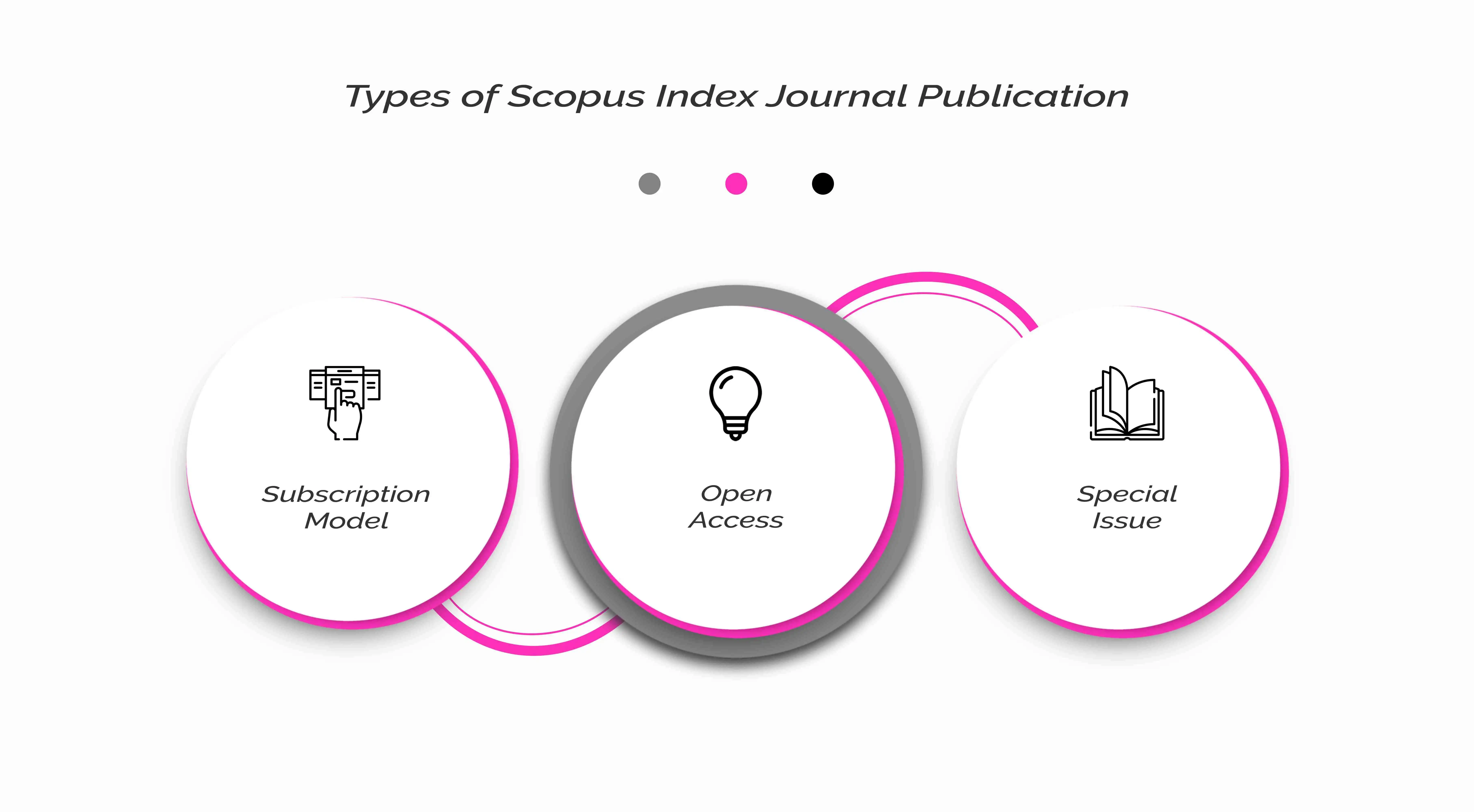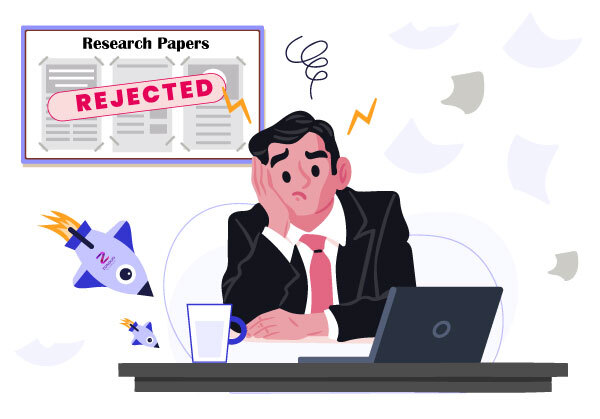Elsevier developed SCOPUS in 2004 as a unified abstract and citation collection containing high-quality web sources and peer-reviewed literature, including scientific publications, books, and conferences. The collection was created through collaboration with scholars and librarians worldwide. It's good to note that Scopus Indexed Journals play a major role in maintaining research credibility and global visibility. SCOPUS attempts to provide an in-depth account of findings from studies across every field of science, technology, the humanities, and the arts. Intelligent investigation tracking, analysis, and visualization tools are advocated by SCOPUS to enhance research insights.
It currently includes 36,377 titles (both active and inactive), which encompasses 34,346 peer-reviewed journals, 5,500 open-access journals, about 11,678 publishers, 520 proceedings from conferences, 294 business magazines, and 852 textbook series. Many researchers today focus on Scopus Indexed Journal 2026 updates to stay current with reliable publication sources. Through 431 scientific online pages, it ensures the evaluation of significant multidisciplinary research activities worldwide.
The platform was created to safeguard the veracity of findings by identifying research gaps for further study and analysis. Zonduo was established with this vision in mind - to help researchers publish in reputable Scopus indexed journal 2026 outlets and improve academic achievements across various domains. Our mission is to provide academic professionals in dire need of guidance and assistance, addressing knowledge gaps and facilitating successful publication in a Scopus indexed journal 2026.
By focusing on targeted support, Zonduo aims to bridge the gap between researchers and high-impact Scopus indexed journal 2026 publications. We understand the importance of publishing in a Scopus indexed journal 2026 for career advancement and academic recognition, and we strive to make this goal achievable for all researchers.


















